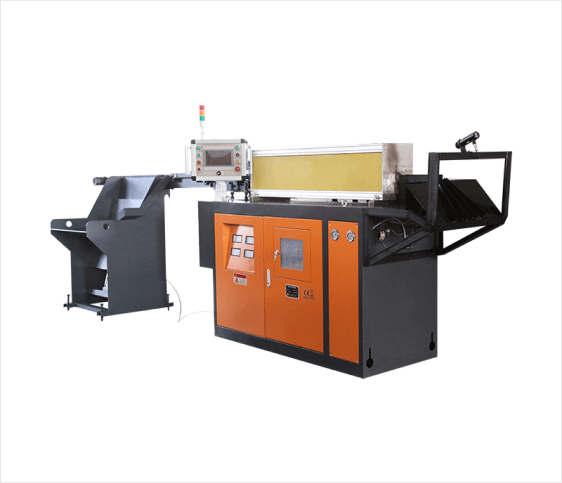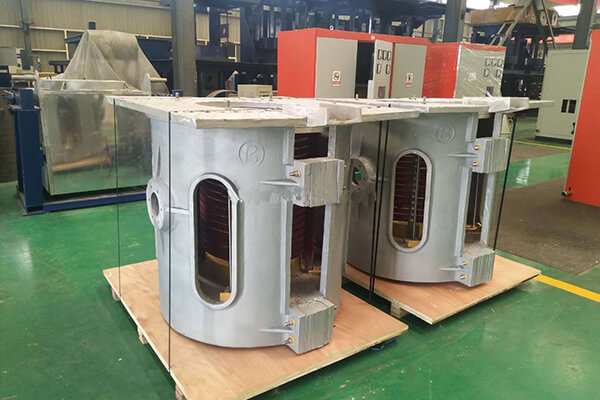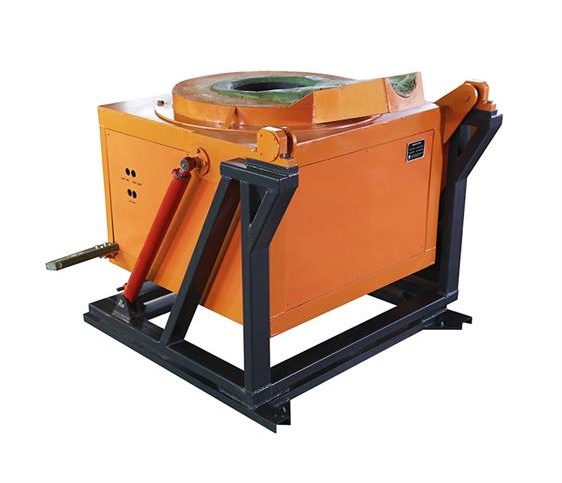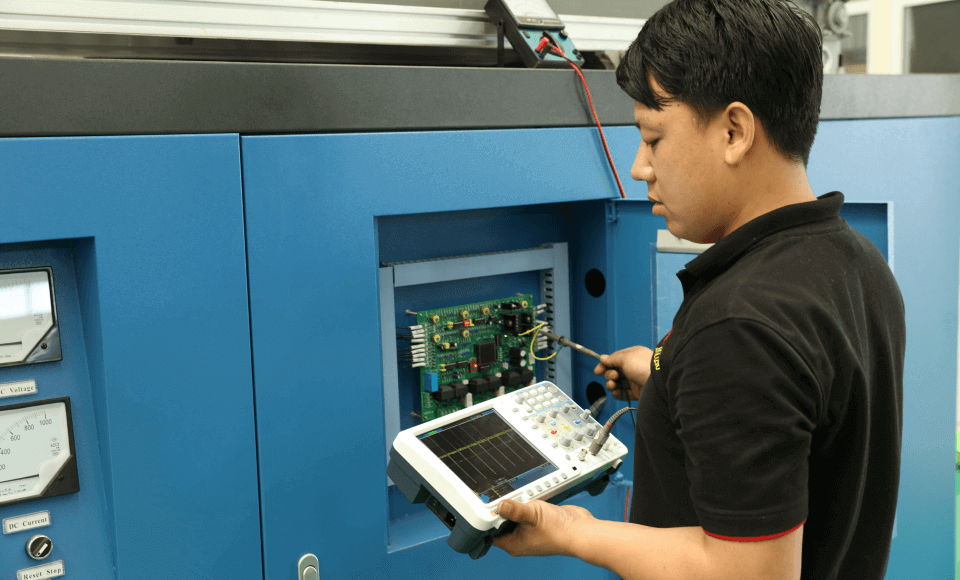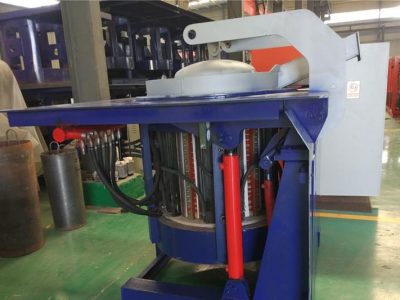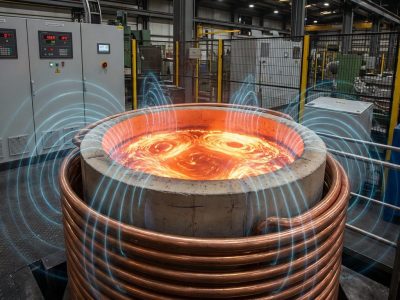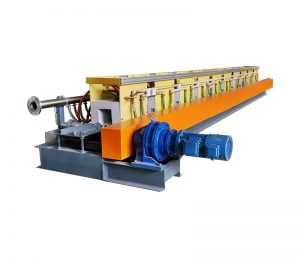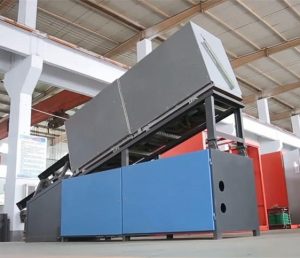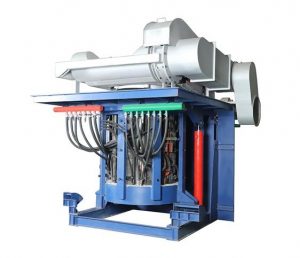An induction metal melting furnace is one of the most widely used solutions in modern foundries for melting and heating metals. Known for its fast melting speed, energy efficiency, and flexibility in handling various alloys, it has become an essential tool in casting, forging, and metal recycling industries.
Below, Luoyang Judian shares nine key advantages that make induction melting furnaces the preferred choice for manufacturers worldwide.
1. High Power Factor for Energy Efficiency
Our medium-frequency power supply uses a voltage-type series inverter design, operating at zero rectifier adjustment. This ensures a power factor above 0.95 under all working conditions, reducing energy losses and improving overall operational efficiency.
2. Low Power Consumption
Thanks to the small reactive current in the series resonant circuit, energy use is significantly reduced. For example, melting 0.5 tons of iron at 1,450°C consumes only about 680 kWh, while 1,600°C alloy steel requires about 720 kWh. Over time, the cost savings can exceed USD 15,000 annually compared to traditional systems.
3. Stable Power Output
Unlike older furnace types, power remains constant throughout the melting process regardless of furnace condition. This stability is especially beneficial when melting stainless steel, copper, aluminum, industrial silicon, and other non-magnetic metals, ensuring fast melting with fewer impurities.
4. Smaller Transformer Requirements
A 0.5-ton furnace rated at 300 kW can run on a transformer below 315 kW, leaving extra capacity for other equipment like pumps, lighting, and overhead cranes, helping to reduce infrastructure costs.
5. Minimal Alloy Burn Loss
The furnace’s electromagnetic stirring keeps molten metal components evenly mixed, preventing segregation and reducing alloy burn-off. This ensures consistent chemical composition and optimizes the reuse of scrap metal.
6. Easy Start and Stop Operation
Using sweep-frequency zero-voltage soft-start technology, the furnace can start or stop at any time, in any condition, without impacting the power grid. Operators can also change molten metal batches with minimal downtime.
7. Precise Temperature Control
With flexible, smooth power adjustment, operators can accurately control melting temperatures, ensuring consistent casting quality and reducing defects.
8. Multiple Pouring Options
Depending on production needs, induction furnaces can be equipped with manual, electric, or hydraulic tilting for safe and efficient pouring.
9. Environmentally Friendly Operation
Induction furnaces produce low noise, minimal emissions, and no combustion byproducts, making them compliant with global environmental regulations and improving working conditions.
The Smart Choice for Modern Metal Melting
From energy savings and fast melting to flexible operation and environmental compliance, induction metal melting furnaces deliver measurable benefits for foundries of all sizes.
Luoyang Judian specializes in high-performance induction furnace systems designed for long-term reliability, safety, and cost efficiency.
Contact us today to learn how our induction melting solutions can help optimize your production.
